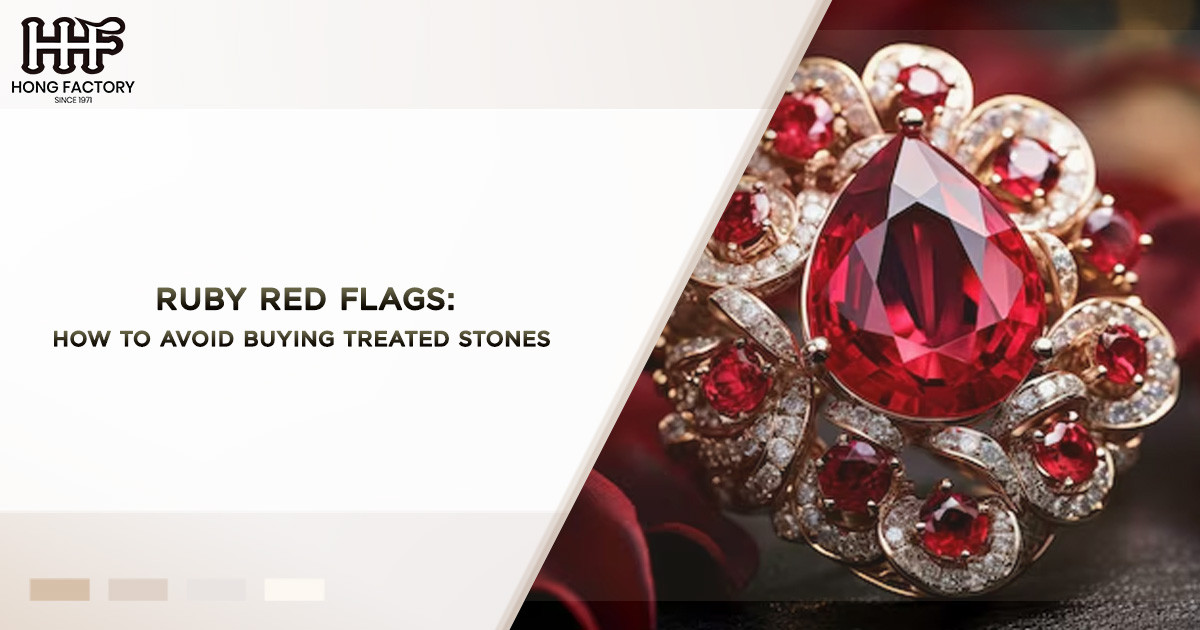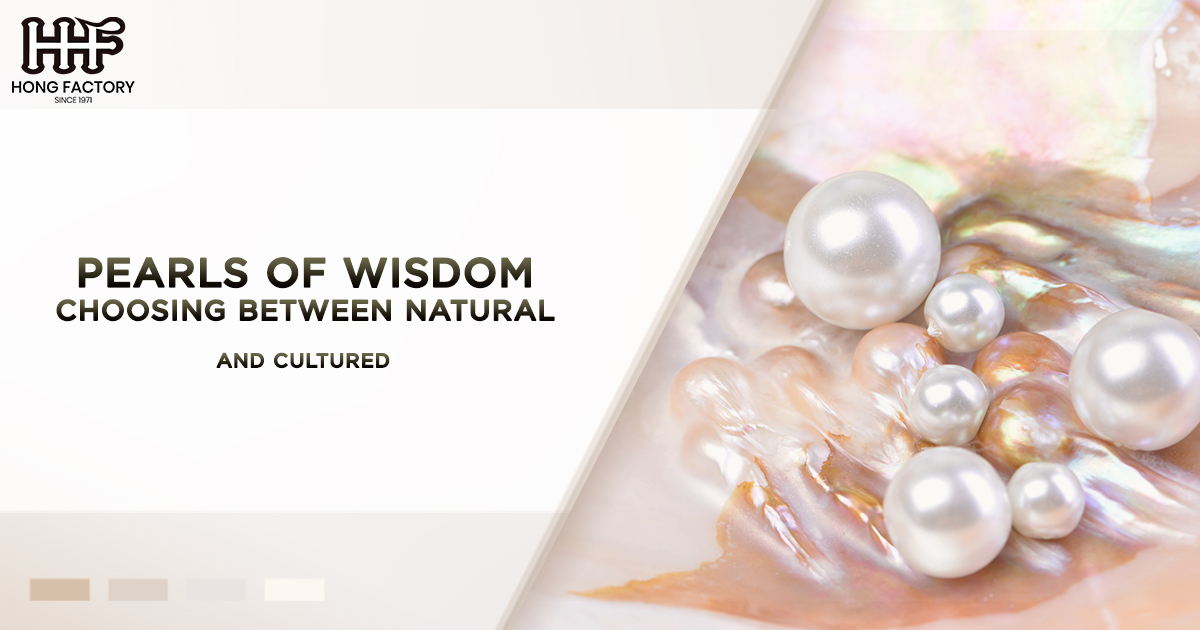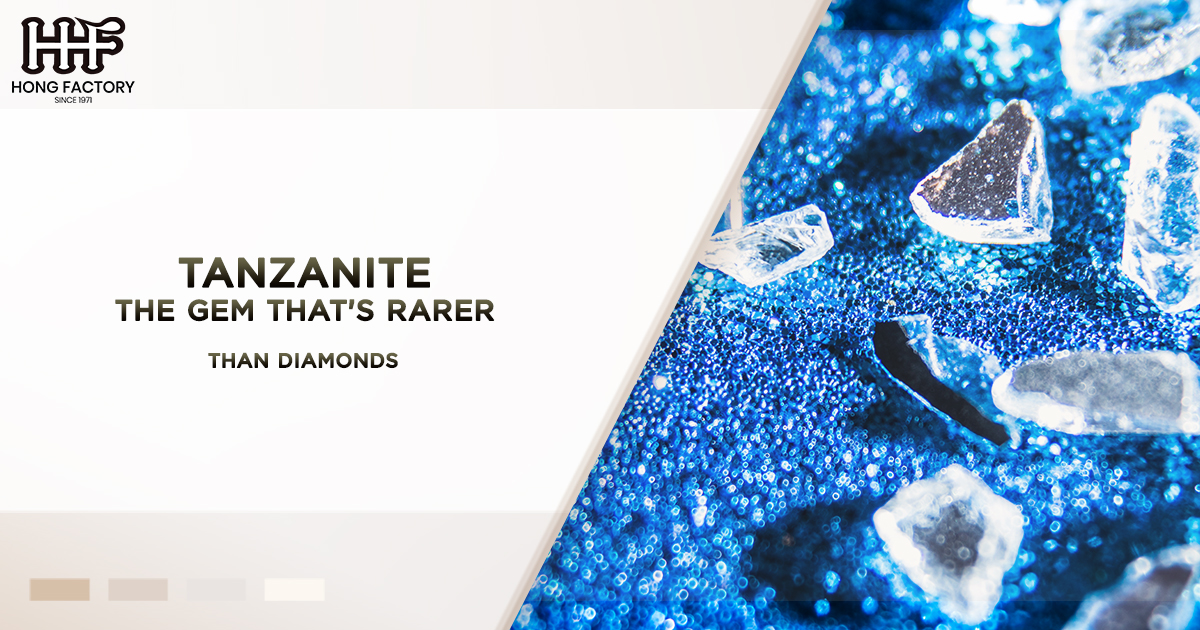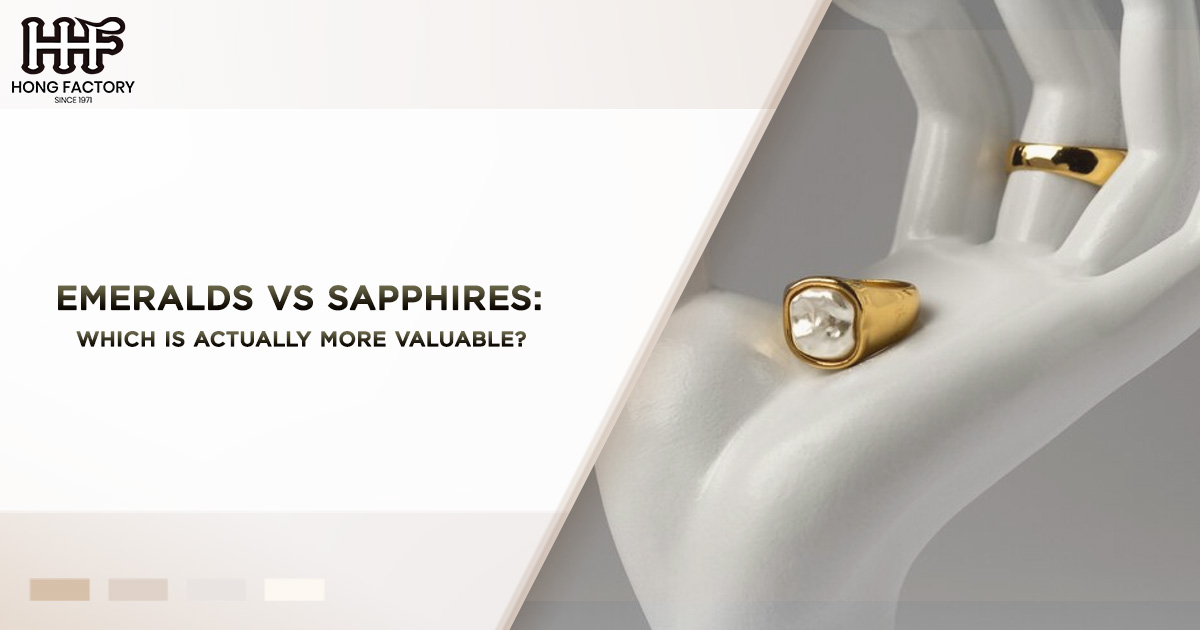Rubies are among the most coveted gemstones in the world, revered for their rich, fiery hues and timeless beauty. However, the ruby market is fraught with challenges for buyers, particularly when it comes to determining whether a stone is natural or has undergone treatments. While treated rubies can still be beautiful and valuable, their price and authenticity differ significantly from untreated, natural stones. To avoid pitfalls and ensure you’re making an informed purchase, it’s crucial to understand the nuances of gem treatments, detection methods, and how they impact value. This guide will explore these essential topics, offering actionable buying tips to help you navigate the ruby market confidently.
Understanding Ruby Treatments
When it comes to gem treatments, rubies are one of the most commonly enhanced stones on the market. Treatments are methods used to improve a ruby’s appearance, clarity, and color. Although these techniques make rubies more accessible and visually appealing, they also affect authenticity and value. Let’s take a closer look at the most common types of treatments.
- Heat treatment is the most prevalent enhancement used on rubies. During this process, rubies are exposed to high temperatures, which can improve their color and clarity by eliminating impurities. While heat-treated rubies are generally accepted in the market, they are considered less valuable than untreated rubies, as the process alters the stone’s natural state.
- Fracture filling, also known as lead-glass filling, is used to enhance the clarity of heavily included rubies. In this treatment, fractures in the ruby are filled with a glass-like substance to make the stone appear more transparent and visually appealing. While this process can make a ruby look stunning, these stones are significantly less durable and far less valuable than untreated or lightly treated rubies.
- Diffusion treatment involves heating a ruby with additional elements, such as beryllium, to artificially alter its color. This treatment can produce vibrant hues, but the color change is often superficial and limited to the outer layers of the stone. Diffused rubies are considered less authentic and are typically priced much lower than natural rubies.
- Dyeing is a less common treatment that involves adding colored substances to enhance or change the ruby’s appearance. This method is generally considered one of the least desirable treatments and is often disclosed only with lower-quality stones.
- Coating is another surface-level treatment where a ruby is covered with a thin layer of material to enhance its color or clarity. However, this enhancement is temporary and can wear off over time, making it a less reliable option for buyers seeking long-term value.
By understanding these treatment types, you can better evaluate a ruby authenticity and make informed decisions about your purchase.
How to Detect Treated Rubies
Detecting whether a ruby has been treated requires a combination of observation, expertise, and advanced technology. While some treatments are easy to identify, others require professional gemological analysis. Here are the key methods used to detect treated rubies:
Visual Inspection
A magnifying loupe or microscope can reveal telltale signs of treatment. For example:
– Fracture Filling: Look for bubbles within the stone, which are often indicative of glass-filled fractures.
– Diffusion: Check for uneven color distribution, especially at the edges of the stone.
– Coating: Scratches or wear on the surface may expose the underlying material.
UV Light Testing
Treated rubies sometimes exhibit unique fluorescence under ultraviolet (UV) light. For instance, lead-glass-filled rubies may glow differently than untreated rubies.
Refractometer Testing
A refractometer measures the refractive index of a gemstone. Significant deviations from the natural refractive index of ruby may indicate the presence of fillers or other treatments.
Advanced Gemological Equipment
Sophisticated tools, such as spectroscopy and X-ray fluorescence, are used by gemological labs to detect subtle changes in a ruby’s composition. These methods can identify elements introduced during diffusion or fracture filling.
Certification
One of the most reliable ways to ensure a ruby’s authenticity is to purchase stones that come with a certificate from a reputable gemological laboratory, such as GIA (Gemological Institute of America) or AGL (American Gemological Laboratories). These certificates provide detailed information about whether a ruby is natural, treated, or synthetic.
The Impact of Treatments on Value
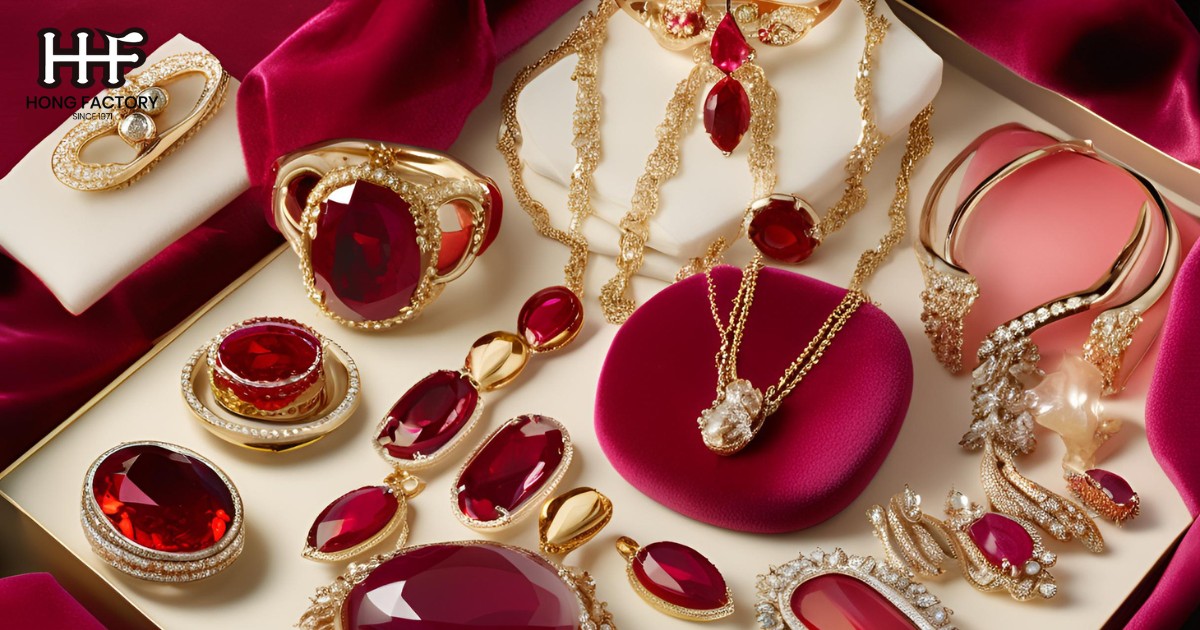
The value of a ruby depends on several factors, including its origin, color, clarity, and size. However, the presence and type of treatment play a significant role in determining its worth.
Untreated, Natural Rubies
Untreated rubies are the most valuable and sought-after. They are rare, as only a small percentage of mined rubies possess the desired color and clarity without the need for enhancement. These stones command premium prices, especially if they originate from renowned locations like Myanmar (formerly Burma).
Heat-Treated Rubies
While heat-treated rubies are less valuable than untreated ones, they are still considered acceptable in the market, provided the treatment is disclosed. The price of heat-treated rubies varies based on the quality of the stone, with lighter treatments fetching higher prices.
Fracture-Filled and Diffused Rubies
Rubies that have undergone fracture filling or diffusion treatment are significantly less valuable. These stones are often sold at a fraction of the price of untreated or heat-treated rubies, as the treatments compromise their durability and authenticity.
Synthetic and Imitation Rubies
Synthetic rubies, created in labs, are an entirely different category. While they are chemically identical to natural rubies, their value is much lower. Imitation rubies, made from materials like glass or composite stones, have little to no value in the gemstone market.
Understanding the value impact of treatments is essential for making informed purchasing decisions and ensuring you pay a fair price for the ruby quality and authenticity.
Tips for Buying High-Quality, Authentic Rubies
Buying a ruby can be a significant investment, so it’s crucial to approach the process with knowledge and caution. Here are some expert tips to help you avoid common pitfalls and ensure you get the best value for your money:
- Prioritize Certification
Always request a certificate from a reputable gemological lab. This document will confirm whether the ruby is natural, synthetic, or treated, providing peace of mind about its authenticity.
- Buy from Trusted Dealers
Purchase rubies from reputable jewelers or dealers with a history of transparency and integrity. Avoid buying gemstones from unverified sources or online marketplaces without proper documentation.
- Ask Questions
Don’t hesitate to ask the seller about the ruby’s origin, treatments, and value. A trustworthy dealer will be transparent and willing to provide detailed information.
- Learn to Spot Red Flags
Familiarize yourself with the visual signs of treatments, such as bubbles, uneven color, or scratches. Being able to identify these features can save you from purchasing a treated stone unknowingly.
- Compare Prices
If a ruby’s price seems too good to be true, it probably is. Untreated, high-quality rubies are rare and expensive, so unusually low prices may indicate undisclosed treatments or imitations.
- Understand the Stone’s Origin
Rubies from specific locations, such as Myanmar or Mozambique, are often more valuable due to their exceptional quality. However, origin alone doesn’t guarantee authenticity, so be sure to verify the stone’s treatment history.
- Consider Your Budget and Purpose
If you’re buying a ruby for sentimental or decorative purposes, treated stones may be an acceptable option at a lower price. However, if you’re investing in a ruby for its rarity and long-term value, prioritize untreated, natural stones.
Conclusion
Navigating the world of rubies can be daunting, but understanding the key aspects of ruby authenticity, gem treatments, and quality will equip you to make informed decisions. By learning about treatment types, detection methods, and their impact on value, you can confidently assess the stones you’re buying. Remember to prioritize certification, work with trusted dealers, and always ask questions. Whether you’re purchasing a ruby for a special occasion or as an investment, these tips will help you avoid red flags and ensure you’re getting a gemstone that truly shines.
